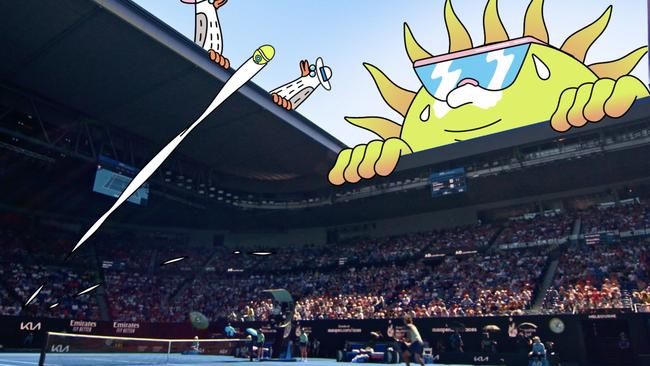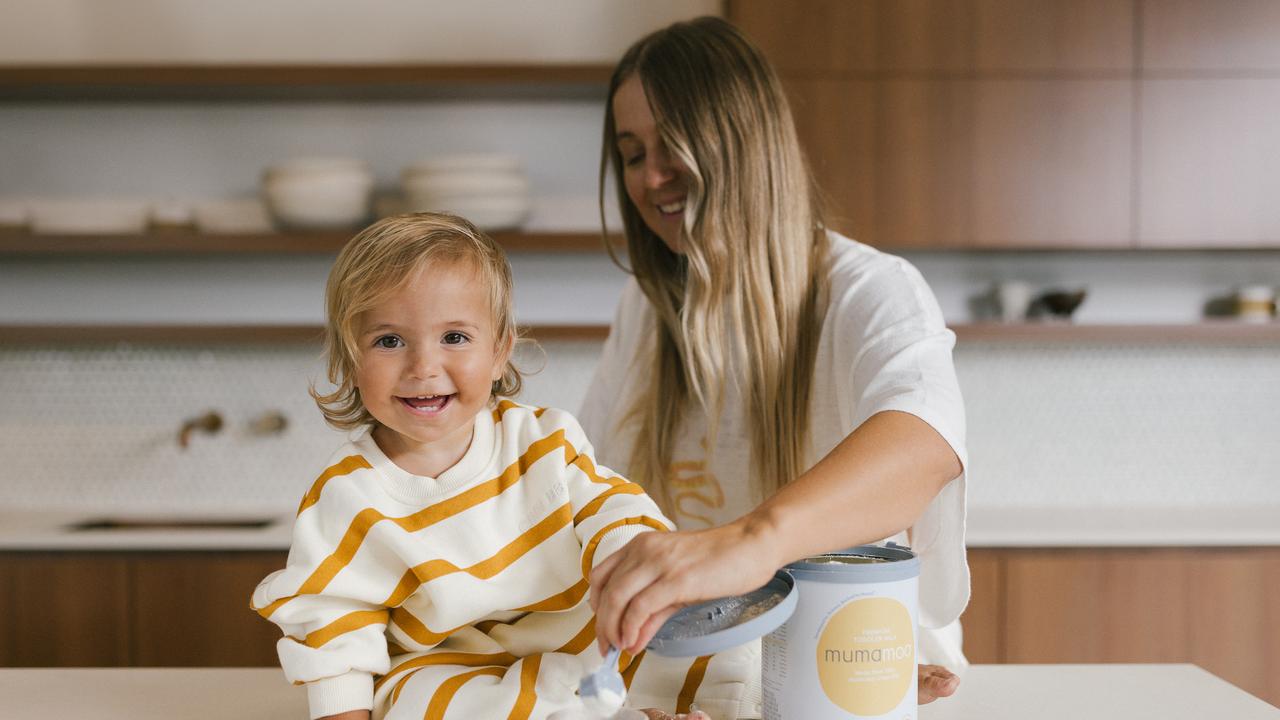Tennis branding aces the message and nets new players
Tennis Australia posted record-breaking attendance at the 2024 Australian Open in January, which coincided with a new brand platform and integrated campaign designed to help “future proof” the brand of tennis.

A growing number of people are taking up tennis, according to new figures from Tennis Australia. It coincides with a surge in attendance at the 2024 Australian Open tournament — and the brand’s new creative approach launched in October.
It was a bumper year on other fronts, too, as media channels were also abuzz with more Australian Open content about the tournament, individual players and brand sponsors. Data from media monitoring analytics company Meltwater found this year’s tournament generated 2.53 million mentions during the Australian Open, up from 1.99 million in 2023.
Tennis Australia’s chief executive Craig Tiley called this year’s event the “most successful on record”. Revenue was up 30 per cent year on year and attendance in 2024 broke a new record, totalling 1,055,433, up 23.2 per cent year on year.
However, as Tennis Australia’s primary aim is to grow the sport in Australia, there is another number that points to the success of the organisation’s collective efforts; it has increased participation in tennis. This included increases in local court bookings by 15.5 per cent (year on year), and a rise in hours played on local courts by 16 per cent.
This objective was central to the marketing brief that came from Tennis Australia to BMF, a creative advertising agency that is known for developing enduring brand platforms.
Tennis Australia’s head of event brand marketing Britt Wickes told The Growth Agenda, the aim for the sport was “ultimately to get more racquets in hands”.
Increasing attendance at the commercial and cultural powerhouse that is the Australian Open is an integral part of that — and a benchmark against which it measures the success of its campaigns.
“Events and live experience of the sport at an elite level are a critical part of achieving that aim in terms of its ability to inspire a fan base and create the stars of tomorrow,” Ms Wickes said.

The organisation therefore identified the need to reinvent its brand in 2024 to invest in the future growth of the sport.
“After years of creating separate campaigns for the AO and for participation, we saw an opportunity to create a powerful universal and consistent tennis brand idea which had the potential to grow attendance at the AO, create fans and turn them into players,” Ms Wickes said.
BMF’s creative department, led by chief creative officer Alex Derwin, was tasked with that mission, and to create a new “national identity” for tennis in Australia.
Fans and attendees at this year’s Australian Open will have seen the new creative direction titled Hits Different emblazoned on most media touchpoints available to the masses, including screens, billboards, social media, merchandise and influencers involved with the tournament.
The goal was to use the platform to emotionally connect with a wide variety of people with different motivations.
A 30-second video, created as part of the campaign, offers a window into the new approach. It combines inspiring images of some of the world’s top tennis players on the court with animations accompanied by a punchy, mood-boosting soundtrack.
It is inspiring, energising and visually striking in equal measure — a hint of just some of the effects its creators were aiming for.
Ms Wickes explained that the Australian Open campaign results were reported daily, and while the campaign was just starting its journey, its effects were already delivering positive results.
But to focus on the TV advertisement alone would be too narrow a view of the potential influence of the integrated campaign, the true power of which, Mr Derwin said, was about its emotive and long-term appeal.
“The truth at the heart of the idea is the most powerful part of Hits Different,” he said.
“It’s not a wildly lateral thought, it’s not cerebral, or provocative, but it is impactful, and it will resonate over time because it captures the undeniable feeling of walking into Rod Laver Arena during a midnight five-setter just as well as it nails the feeling of serving your first ace on a dusty court in a small outback town.”

Ms Wickes added that in the immediate term, the intention was to maximise the potential of the idea and then build more equity into Hits Different in the future, which could also be applied across its customer experiences and product development.
Tennis in Australia and the Australian Open tournament sits amid a competitive sports landscape locally and internationally. In recent years, other major sports have pivoted their marketing efforts to find growth — with a particular focus on attracting new and younger generations of fans.
This is not to say that the Australian Open brand sits in a precarious position in comparison to other sports, but competition is fierce when it comes to attracting new fans and players, and retaining the attention of existing tennis loyalists.
“This was about future proofing the brand of tennis over the long term. Tennis needed an enduring and consistent brand equity to maintain its relevance and prevent losing out to other sports like football or cricket,” Ms Wickes said.
“During the AO, tennis is at maximum saliency and the biggest opportunity of the year to promote the sport and inspire people to get involved.
“But we also wanted an idea that can extend beyond it so we can capitalise on the momentum the AO creates and talk to people about tennis in the same voice 365 days a year.”
Mr Derwin said the Hits Different campaign was created with a long runway for growth.
“It’s endless really, and as long as we stay true to what makes Aussie tennis different to anywhere else in the world, the potential is endless too,” he said.







